Students from a high school in Lhasa, Tibet Autonomous Region, welcomed sports day. A student invited his mother to watch it together.
As a boarding school, there are 18 student societies, including painting, calligraphy, basketball, and Tibetan folk dance. Students can choose interest courses in the last academic year and take the college entrance exam as pupils with special talent.
Most herdsmen in the Tibet Autonomous Region live in sparsely populated areas, causing great difficulties for their children to commute between home and school on a daily basis.
As stipulated by the Compulsory Education Law, the government started offering optional and free boarding services at local schools to resolve this problem in the 1980s. That's why most schools in Tibet today have a mixed model consisting of resident and non-resident students.
Since the boarding services were introduced in Tibetan schools, they have greatly facilitated the education of children at schooling age of all ethnic groups in the region, and contributed to the inheritance and development of the Tibetan culture and the protection of the local lifestyle.
The average length of schooling has increased to 13.1 years thanks to the founding of a modern education system in the region.









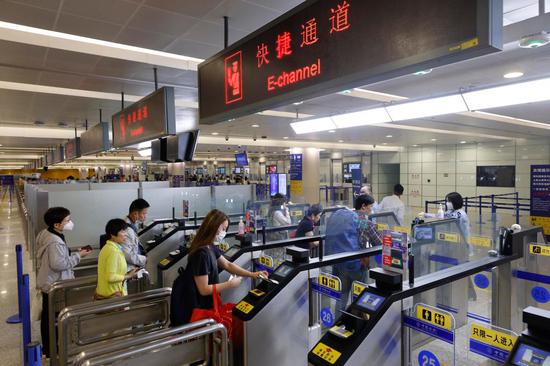


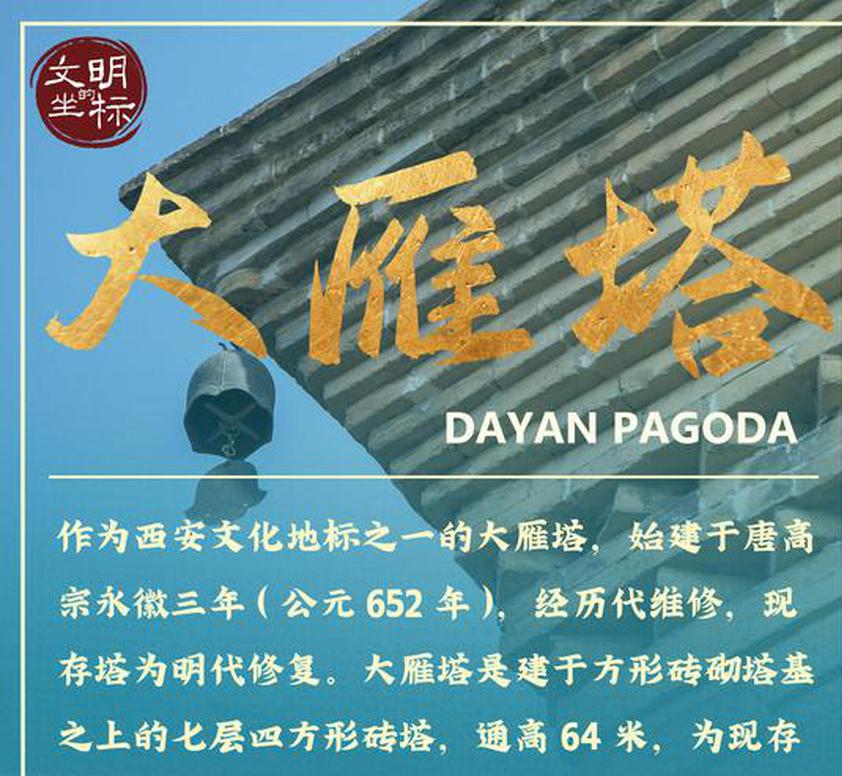

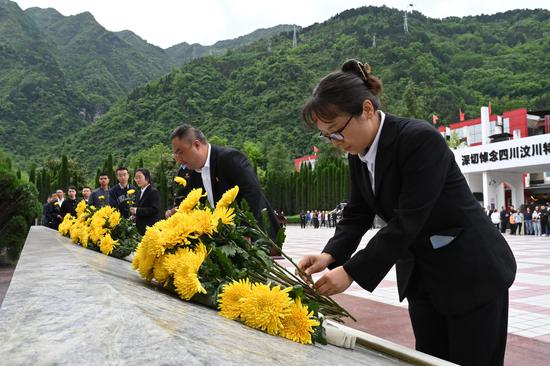


















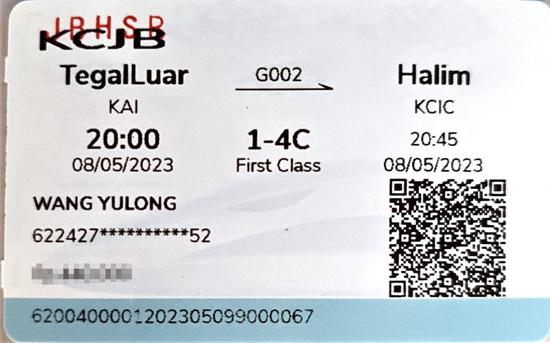






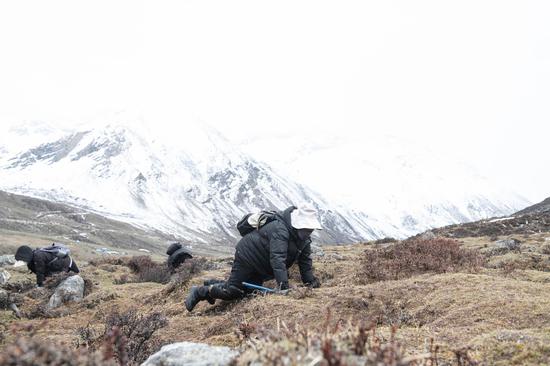


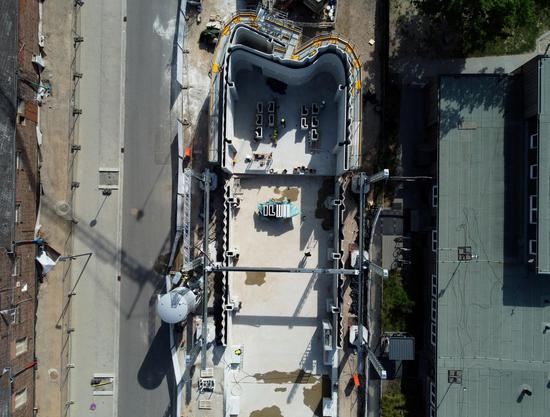






 京公网安备 11010202009201号
京公网安备 11010202009201号